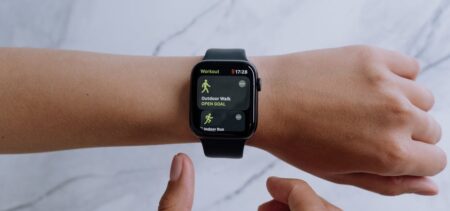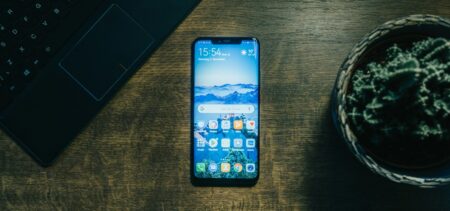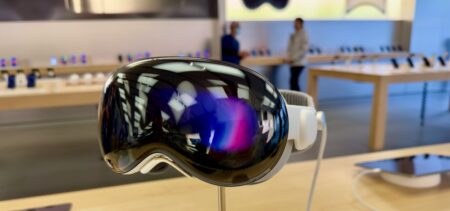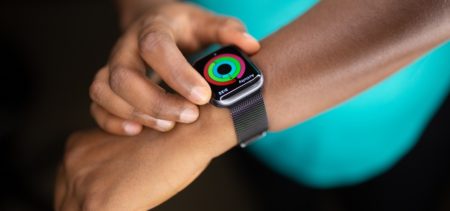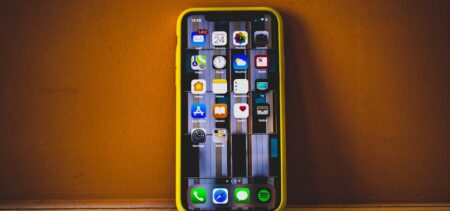Mobility in education
Mobility in education has been tackled in a simpler manner for years. Online learning and examinations have made it possible to get education regardless of location. Learning platforms have connected students and teachers globally. This classic mobile learning paradigm still involved focused activity in front of a desktop. Today, the mobility solutions have expanded to a whole new level with the availability of mobile devices. Interconnected through wireless, these terminals can be taken anywhere by students.
But what are the new parameters involved in this new type of learning?
Clearly the old patterns are being shattered – concentrating in silence or having a special place for the learning activity, for example, are no longer required.
The changes in solitary learning are just one side of the huge change brought on by mobility. On an entirely different scale we are talking about adopting the new opportunities into mass education. Bringing innovation to the classrooms is still a delicate subject. Without exhaustively understanding what mobility in education brings, it’s an ongoing experiment we are all part of.
Studies and reports can shed light to this new area
A recent survey shows that among the most popular apps, the educational ones occupy only 19%. Also, smartphones are the most utilized devices. Students complete their assignments via this medium even though instructors do not require this.
• The world is becoming smarter, faster and more accessible for students. When in groups, mobility encourages discussion over notes, hands-on activities over individual learning.
• The perspective is easier to accomplish, so is synthesis – since almost everything needed is a click away. Fast feedback is also possible, and it can be delivered to the entire group at once.
• If the online infrastructure is optimized and powerful, the steps of the learning process are real time steps, which research tells us is beneficial for students. Performance improves and motivational levels are higher.
The competition in the mobile learning solution-providing field resides in reliable hardware and software. Mobile apps, dynamic learning platforms and classroom solutions are the future.
Public education is moving towards embracing mobile learning
The test will be in the students’ results. Government investment in this field could rise considerably depending on the effect on pupils/students. There are some controversial issues involved.
• The gamification of learning has been both praised and criticized. By alternating concentration periods with emotional engagement, motivation increases. Yet some worry that absorbing information is now depending on a playful interface and when this is absent, students will react negatively.
• Truncated communication is another issue in mobile learning. Expressing themselves mostly digital, the students lose the ability to construct more elaborated ideas. Attention deficit can also result out of digital habits. A diminished capacity of understanding abstract notions could also appear.
It seems that the teacher-student relationship should rather be enhanced instead of replaced by multimedia communications. Due to the unknown extent mobile learning can affect our brains when dominant and persistent, education is still reluctant in fully adopting it. Therefore a combined paradigm could be more suitable.
Learning the basics in any field also fosters strong emotional involvement. Learning to read, developing vocabulary, understanding the way different sciences work and have evolved is a mixed activity. Both logical thinking and feelings make an effort to integrate new concepts. That is why psychologists are reluctant when it comes to leaving it all to technology.
Mobile learning can upgrade the learning process
Nevertheless, there is a time and a place for everything – introduced properly, mobile learning can upgrade the learning process.
• It can broaden and strengthen theory. It can ease the learning process by positive emotional states characteristic to playful learning. Memorization is also improved when positive feelings are associated.
• Unloading all the tedious administrative tasks from humans to devices also serves better learning. When the schedule, reminders, event management and others are left to mobile technology, the mind is more available for the real content of education. Even if students are exposed to different distractions via their smartphones during class, this does not have a significant detrimental effect, study shows.
The up to date experiences in E-learning are preparing a digital revolution in which hardware, software, network and multimedia capabilities could converge.
Technology is at a point where opportunities are almost limitless. 3D visualizations, database access, multiple instant feedback, interactive testing… If chosen in a competent manner, the mobile devices will positively interweave more and more with the traditional learning methods. The purpose would be to serve education even more and unite the better of two worlds in an upgraded, more efficient learning experience.






















